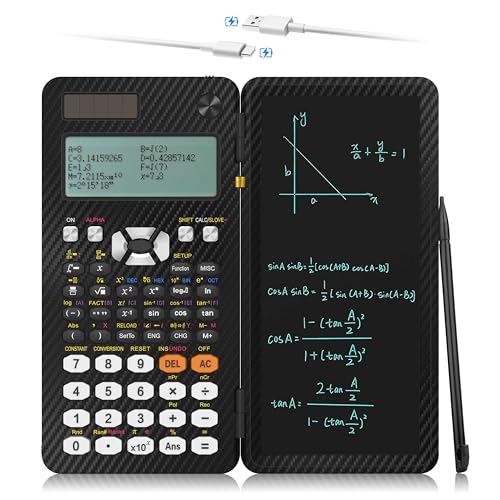I don't think #136 is in the index. Anyhow, I don't agree with the answer so hopefully someone can help me out.
Voltage drop = I|Z|
where Z=Rcos(theta)+Xsine(theta) and |Z|=sqr[(Rcos(theta))^2 + (Xsine(theta))^2]
unity power factor: Z = .05cos(0)+0.05sine(0) = 0.05 + j0 and |Z| = 0.05
zero power factor: Z= .05cos(90)+0.05sine(90) = 0 + j0.05 and |Z| = 0.05
0.707 power factor: .05cos(45)+0.05sine(45) = 0.0354 + j0.0354 and |Z| = 0.05
therefore, the voltage drop would be the same regardless of the power factor and the answer should be (a) voltage drop is independent of the load power factor.
What did I do wrong? The answer is actually (d).
Voltage drop = I|Z|
where Z=Rcos(theta)+Xsine(theta) and |Z|=sqr[(Rcos(theta))^2 + (Xsine(theta))^2]
unity power factor: Z = .05cos(0)+0.05sine(0) = 0.05 + j0 and |Z| = 0.05
zero power factor: Z= .05cos(90)+0.05sine(90) = 0 + j0.05 and |Z| = 0.05
0.707 power factor: .05cos(45)+0.05sine(45) = 0.0354 + j0.0354 and |Z| = 0.05
therefore, the voltage drop would be the same regardless of the power factor and the answer should be (a) voltage drop is independent of the load power factor.
What did I do wrong? The answer is actually (d).





















